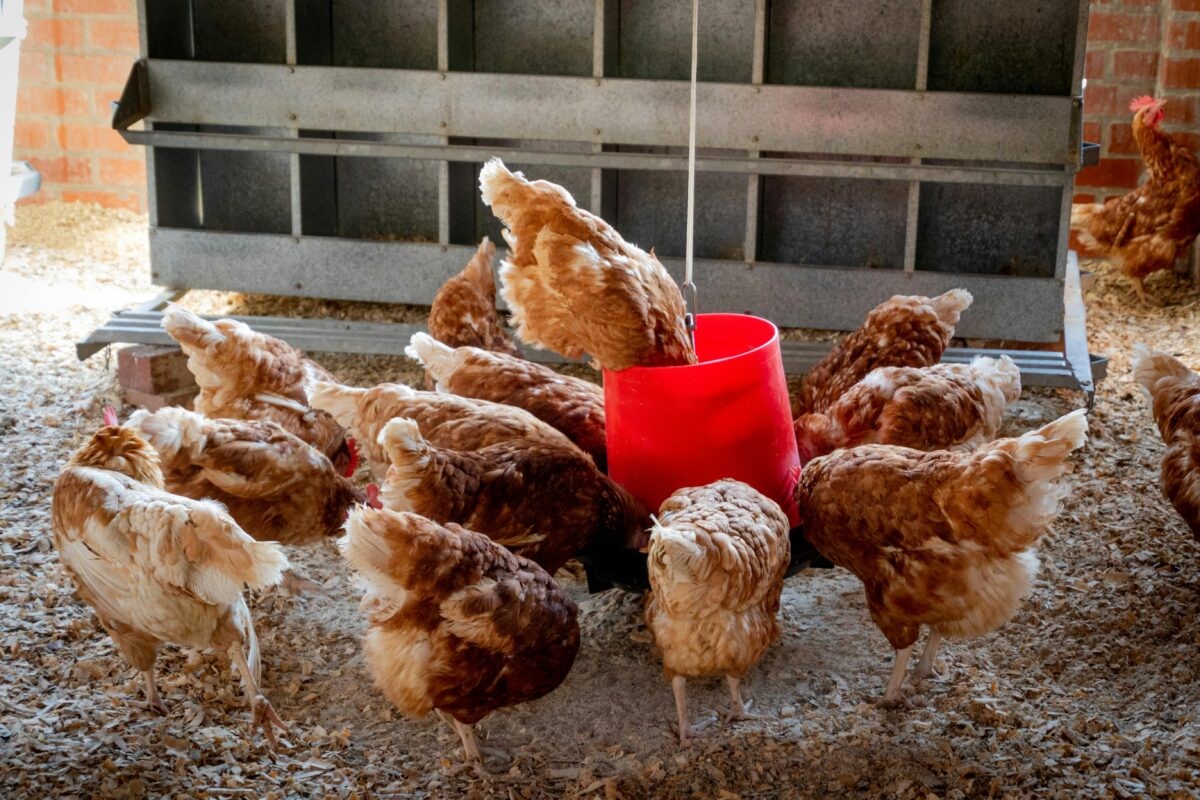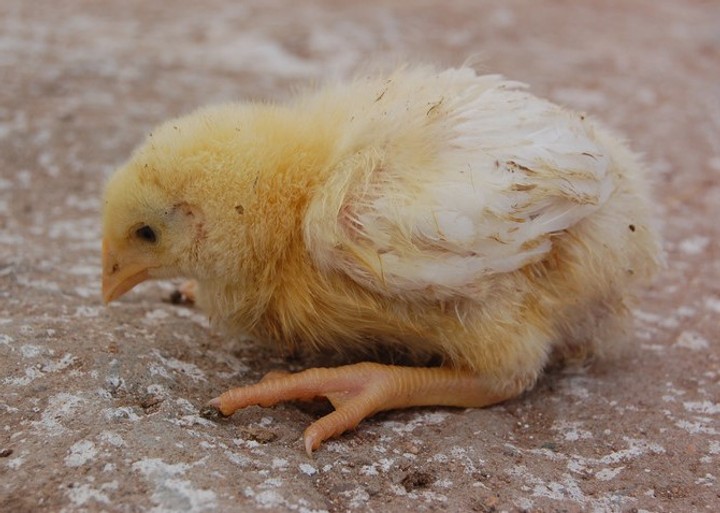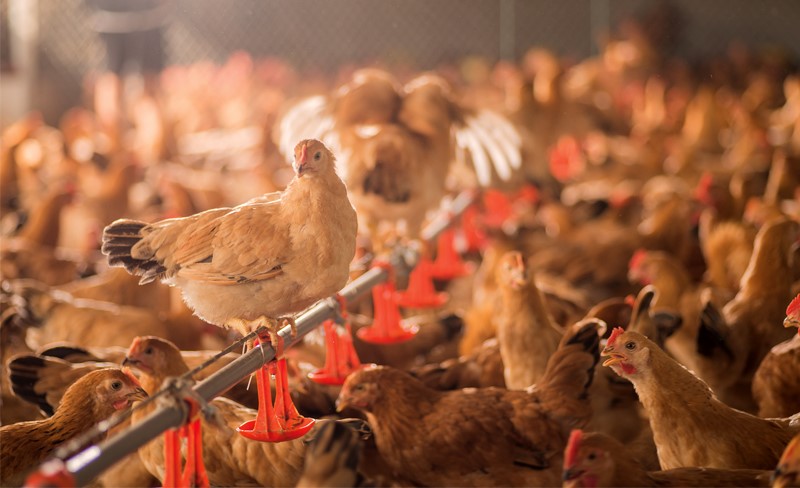Vitamin E deficiency in chickens is a common disease. The disease is simply caused by a lack of nutrients in the chicken feed, but the consequences are serious.
Vitamin E is one of the substances in the vitamin group and also follows the function of the vitamin group, participating in the body’s reactions as a catalyst, helping the body metabolize (in specific cases, if lacking, it can cause abnormalities in the body). Although vitamin E is not a substance that directly participates in the body’s metabolism, it has a very important role in this process, helping the body stay healthy.
Vitamin E deficiency is common in industrial chicken farming with typical neurological manifestations such as head tilt, neck tilt back or down, circling, convulsions, head and neck swelling, reduced egg production and embryonic death.

1. CAUSES OF DISEASE
Due to lack of vitamin E in the diet.
Due to the imbalanced ratio of ingredients in the diet (too much corn) or due to uneven mixing of premix containing vitamin E in the diet.
Because feed containing fat (fatty acids) becomes rancid or oxidized and loses its effectiveness.
Due to lack of selenium and sulfur-containing amino acids such as methionine and cystine in feed.
Using propionic acid to preserve cereal grains in feed also reduces the vitamin E content of the grains.
2. SYMPTOMS OF THE DISEASE
In laying poultry: Egg laying is reduced, and incubated eggs usually die on the 4th day.
In males: Testicles degenerate.
In young poultry and broilers:
Movement disorders, walking backwards or head down, rapid convulsions, curled toes. Usually occurs in chickens 2-4 weeks old.

Head tilted back or down to the belly, chickens are stunted, stop growing, anemic;
Some cases of swelling of the head, neck and chest.
Chickens lacking vitamin E show signs of stunted growth, head pointing to the ground, walking backwards or staggering.
3. DIAGNOSIS
– Through the symptoms and typical surgical lesions.
– However, it is also necessary to conduct blood tests and feed analysis.
4. PREVENTION AND TREATMENT
You should add vitamin E to your daily feed according to the following dosage:
Chicks 30-60 IU (9-12mg)/kg feed.
Broilers and pullets: 25-50 IU (7-8mg)/kg feed.
Laying hens: 50-100 IU (15-17mg)/kg feed.

Avoid adding rancid fats to your diet. Bean sprouts or sprouted rice can be used.
Add antioxidants to your diet and add selenium to your diet.
You can use some products containing Vitamin E for poultry such as: Vitol 86 oral, Vitol 140 oral, Introvit A oral.
Depending on each stage or purpose of use, you should choose the appropriate products.
Through specific information about vitamin E deficiency, farmers can promptly handle and supplement necessary substances to ensure the health of chicken flocks.
